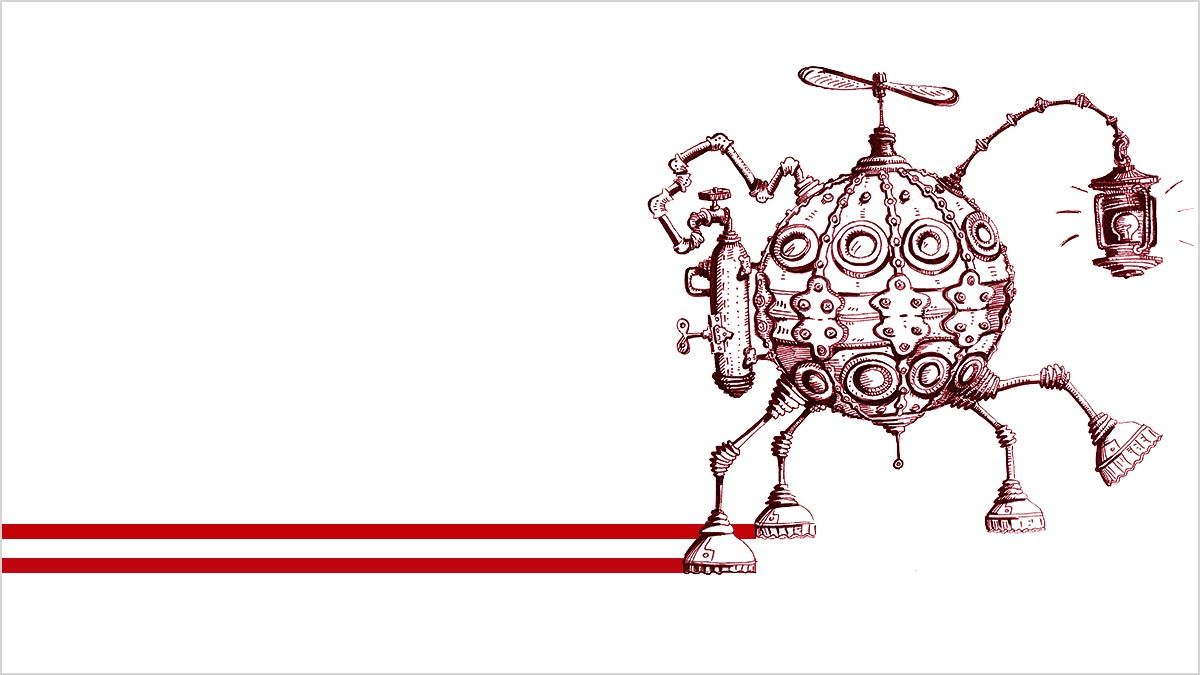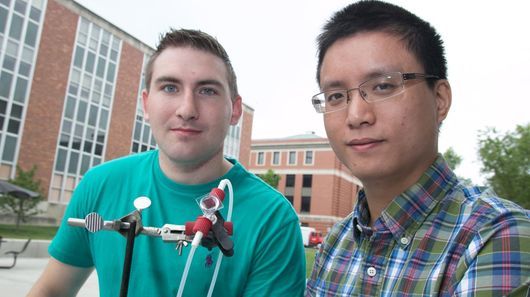Amazing! Back to the Future 2 eat your heart out….
The Lexus SLIDE hoverboard isn’t just hype. It really works, and we sent racer and Jalopnik contributor Robb Holland to ride it. And crash. Drive free or die!
Amazing! Back to the Future 2 eat your heart out….
The Lexus SLIDE hoverboard isn’t just hype. It really works, and we sent racer and Jalopnik contributor Robb Holland to ride it. And crash. Drive free or die!

Titan, former world’s fastest supercomputer (credit: Oak Ridge National Laboratory)
President Obama has signed an executive order authorizing the National Strategic Computing Initiative (NSCI), with the goal of creating the world’s fastest supercomputers. The NSCI is charged with building the world’s first-ever exascale (1,000-petaflops) computer — 30 times faster than today’s fastest supercomputer.
The order mandates:

Massachusetts General Hospital investigators have induced subcutaneous fat cells in a piece of skin from a pig to emit laser light in response to energy delivered through an optical fiber (credit: Matjaž Humar and Seok Hyun Yun/Nature Photonics)
Imagine being able to label a trillion cells in the body to detect what’s going on in each individual cell.
That’s the eventual goal of a Massachusetts General Hospital (MGH) study to allow individual cells to produce laser light. The wavelengths of light emitted by these intracellular microlasers differ based on factors such as the size, shape, and composition of each microlaser, allowing precise labeling of individual cells.
Once again telomeres are shown to be key players in aging.
The secret to living long, healthy lives and ageing beyond 100 has finally been cracked, according to a new study.
Scientists at Newcastle University say they have identified the key to longevity and good health amongst centenarians and how they pass that gift onto their offspring.

The K supercomputer in Japan. The human brain is arguably the most complex structure in the Universe. To unlock its secrets, scientists all over the world are mapping and simulating parts of the human brain. The latest breakthrough comes from Japan where scientists using the K supercomputer, the fourth most powerful in world, accurately mapped one second’s worth of brain activity. It took the computer 40 minutes to undertake this task, for one percent of the brain activity!

How does science fiction become science fact? Often the link between art and science can be hard to pin down. It can be unclear if science fiction is actually influencing science or merely observing it, giving the public sneak peaks into the implications of scientist’s work.
But some work of science fiction create direct links to the future. As a young man in Russia, Konstantin Tsiolkovsky read a translation of Jules Verne’s ‘From the Earth to the Moon.” And although Verne’s plan to get to the moon wouldn’t have worked, the novel had just enough science mixed in with its romance to make the central idea seem plausible. Tsiolkovsky became obsessed with the idea of spaceflight, and his life’s work created the foundations of modern rocketry.
One hundred years after Verne wrote his novel, a group of individuals who had been inspired by Verne’s fantasy as children launched a voyage to the moon.
“I am prepared to meet my Maker. Whether my Maker is prepared for the great ordeal of meeting me is another matter.” — Winston Churchill
Death still enjoys a steady paycheck, but being the Grim Reaper isn’t the cushy job that it used to be.

A new rechargeable aluminium battery has been produced by researchers in the US, and according to them the prototype can charge a smartphone in 60 seconds and it’s more environmentally friendly, heavy-duty, and inexpensive than anything presently on the market. And it won’t suddenly burst into flames like certain generally used lithium-ion batteries are capable of… This new technology has done something researchers around the world have been pursuing for decades — it puts aluminium to better use in the high-demand battery market. The benefits of aluminium are many, counting its cheapness, accessibility, low-flammability, and high-charge storage capability. But the challenge in producing a sustainable aluminium battery has been in finding a material for the cathode — the device through which the entire electrical current passes — that can yield enough voltage to withstand it across a whole lot of charges.

The scientists who last year revealed the world’s first solar battery that essentially combines a battery and solar cell, are now reporting its first significant performance milestone. Tested against traditional lithium-iodine batteries, the researchers are claiming energy savings of 20 percent.